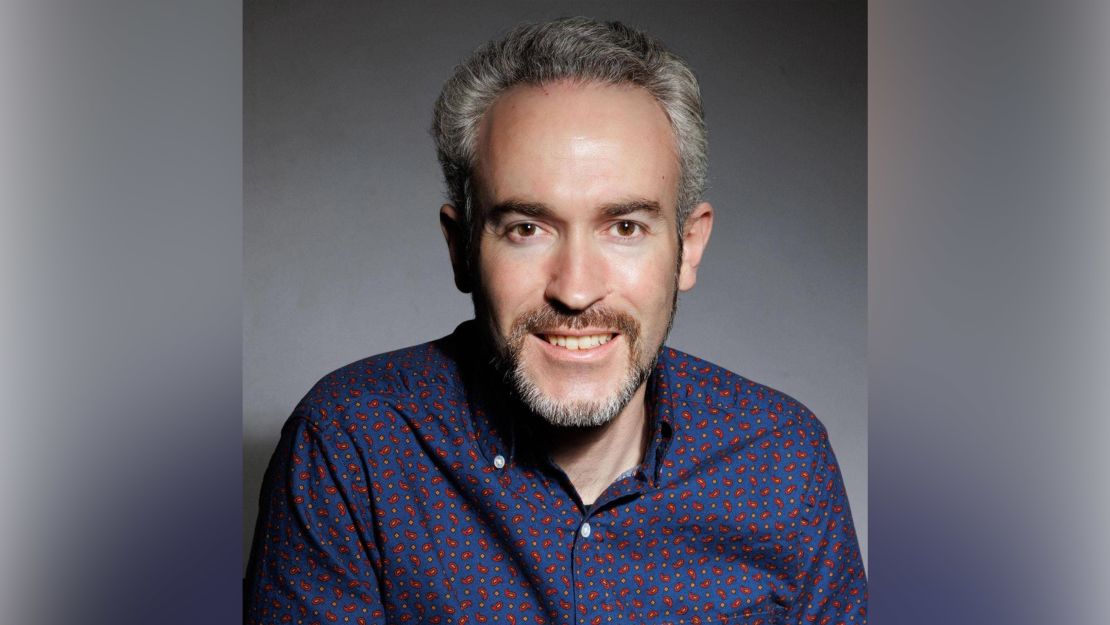Editor’s Note: A version of this article first appeared in the “Reliable Sources” newsletter. Sign up for the daily digest chronicling the evolving media landscape here.
The future is now.
The New York Times on Tuesday announced the creation of a new newsroom position: editorial director of artificial intelligence initiatives. For the pioneering role, The NYT tapped Zach Seward, founding editor of the technology-focused outlet Quartz. Seward, The NYT said, will work to develop a plan and determine ways in which The Gray Lady can draw upon the powers of A.I. to improve her product, while also not denigrating the quality of her trusted journalism.
“One of Zach’s first responsibilities will be to work with newsroom leadership to establish principles for how we do and do not use generative A.I.,” Executive Editor Joe Kahn and Deputy Managing Editor Sam Dolnick said in a memo to staff. “One reason we’re excited to have Zach in this role is that he shares our firm belief that Times journalism will always be reported, written and edited by our expert journalists.”
It will be interesting to revisit the latter half of that statement in the years ahead. Will all of The NYT’s journalism “always” be written and edited by human beings in 10, 20, 50 years? I’m not completely convinced. And I’m not sure anyone can really say with certainty, one way or another. OpenAI’s GPT-4 can already string together sentences better than most humans can write — and far more quickly. In just a few years’ time, the nascent technology will have matured and made significant advances. It’s difficult to see how at some point, it will be economically viable to employ humans to write stories that a robot can do faster and better. (Of course, much of journalism will continue to require human reporters and editors.)

Regardless, the creation of Seward’s role signals that A.I. will play an important and transformative role in producing and delivering the news to audiences. It’s an acknowledgment that, to remain competitive as a business, the rapidly advancing technology will need to be delicately infused one way or another into the organization’s DNA.
How organizations like The NYT go about harnessing the exciting and perilous technology is the chief question confronting editorial leaders. Some newsrooms have waded into the worrisome territory of publicly experimenting with A.I. to generate entire news stories. Doing so — with the technology currently at hand — has led to some embarrassing moments. CNET, for instance, discovered a multitude of errors spanning several stories and suspended its use of generative A.I. as a result. Newspaper giant Gannett, the renowned publication Sports Illustrated, the irreverent tech site Gizmodo, and others have also had painful public encounters with the technology.
Other newsrooms, like The NYT, have taken a different approach, believing that human journalists should always produce the news, but that A.I. can still be a very helpful tool in doing so. For example, A.I. can assist in tasks such as generating smart headlines. BuzzFeed boss Jonah Peretti has been a champion of the idea that A.I. can empower humans to be better storytellers and deliver innovative products to audiences.
Seward’s role will be to pinpoint good use cases for A.I. inside The NYT’s newsroom. In announcing his appointment, Kahn and Dolnick said he will “build a small team” and “experiment with generative A.I. tools and prototype ideas.” What those ideas are remains to be seen, though Kahn and Dolnick included the possibility of The NYT moving to “incorporate generative A.I. tools into our publishing tools and digital products.”
“He will track the industry’s quickly shifting landscape to help ensure that The Times keeps pace as the internet evolves along with users’ habits and reader expectations,” Kahn and Dolnick added.
Given the breakneck pace at which the technology is maturing, and the pressures it will apply to the already struggling news industry, it’s safe to say that Seward will have no shortage of work as he prepares to take on the task. For the sake of the news business, let’s hope that leaders like Seward trailblaze a path forward in which journalists can work hand-in-hand with A.I. instead of seeing the already dwindling number of jobs in their profession erased by it.








